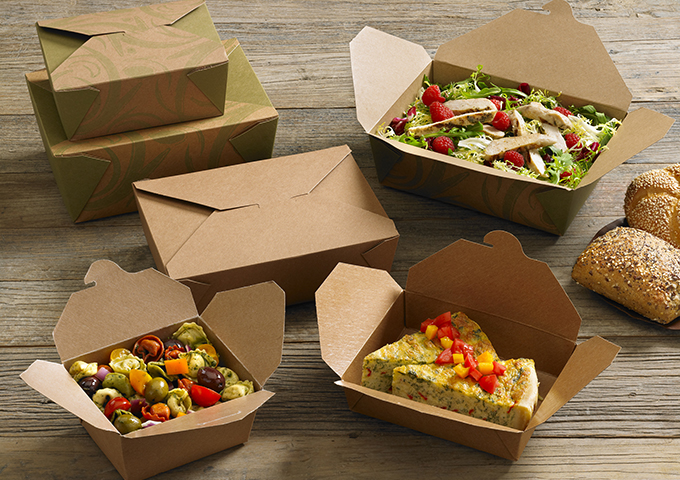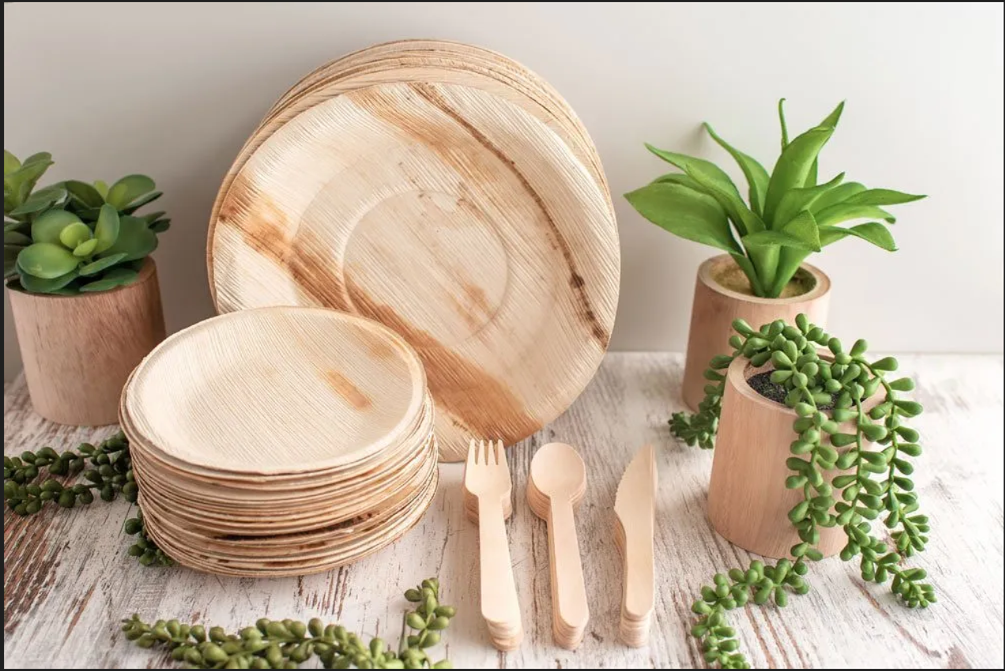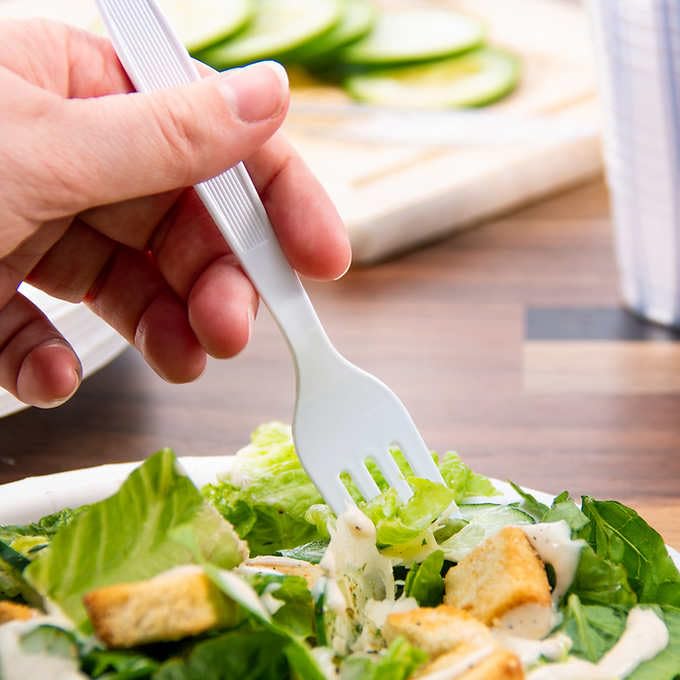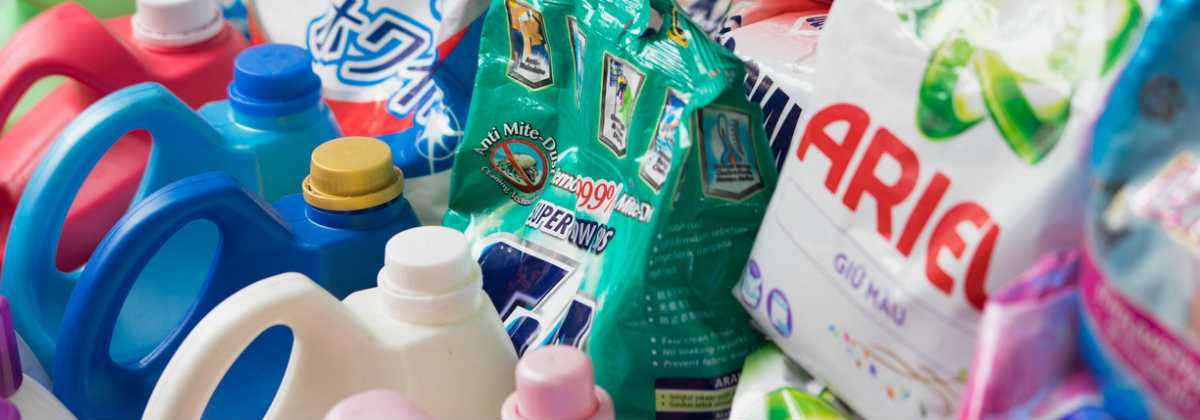
How To Select Takeaway Boxes For Hot, Cold, And Mixed-Temperature Foods
Selecting the right takeaway boxes is often a challenge for businesses handling diverse menu items, from steaming soups to chilled...

Get 20€ off on your first order!
Are you struggling to decide between paper, plastic, or compostable disposable plates? The material you choose directly impacts your events or business—from performance and sustainability to budget considerations. This guide is your ultimate resource, breaking down the pros, cons, and best use cases of each material to ensure you make an informed decision.
With our expert insights, you’ll not only find the perfect disposable plates for your needs but also discover how to align your choices with sustainability and cost-efficiency goals. Plus, we’ll help you tackle your next challenge—selecting the right complementary supplies like cutlery, bowls, and containers to create a seamless dining experience.
Let us simplify your decisions and set you up for success. Read on to find the answers you need—and more!
For a complete overview, check out our main guide on choosing disposable plates.
Here is a detailed comparison to help you evaluate the pros and cons of each material type, along with their best use cases:
| Material | Key Features | Ideal Use Cases | Environmental Impact |
| Paper | Lightweight, often coated for durability, recyclable or compostable (when uncoated) | Casual events, cold foods, eco-conscious occasions | Recyclable; uncoated options compostable |
| Plastic | Durable, resistant to grease and liquids, available in reusable options | High-heat foods, liquid-heavy dishes, outdoor events | Non-biodegradable; some recyclable types available |
| Compostable | Made from materials like sugarcane or bamboo, sturdy, biodegradable in industrial compost systems | Eco-conscious catering, zero-waste events, sustainable branding | Fully biodegradable (when disposed of correctly) |

Paper plates are popular for their affordability and versatility. These plates are ideal for serving lightweight, dry foods such as sandwiches or pastries. Some come with a wax or plastic coating to improve durability and grease resistance. Coated paper plates might require special recycling facilities, so consider uncoated options for easier compostability.
For businesses prioritizing sustainability, seek uncoated paper plates or those certified as compostable, such as options meeting EN 13432 standards, which ensure proper biodegradability and environmental compatibility.
Plastic plates are designed for durability, making them a great choice for heavy or liquid-rich foods like pasta dishes or soups. They’re resistant to bending and breaking, which is essential for events requiring reliable serving ware.
When selecting plastic plates, consider those marked as recyclable and check local recycling guidelines to ensure proper disposal.
Compostable plates are made from plant-based materials such as sugarcane or bamboo. These plates decompose in industrial composting facilities, aligning with eco-conscious business practices. They combine sturdiness with sustainability, making them perfect for businesses aiming to reduce their carbon footprint.
For a deeper dive into eco-friendly options, review informative resources such as compostable vs. disposable plates, which offer insights on material benefits and usage.
If eco-friendliness is a priority, opt for compostable plates or recyclable paper plates. Be transparent about your efforts by informing customers about proper disposal methods.
Compostable options are an eco-friendly investment that can enhance your brand’s sustainability image. For cost-sensitive projects, paper plates offer a balance between price and sustainability.
Ready to stock up? Browse our disposable plates collection for a wide range of options. We cater to all needs, from budget-friendly paper plates to premium compostable options.
For additional related supplies, consider:
We hope this guide has provided valuable insights into selecting the best material for disposable plates, whether paper, plastic, or compostable. By understanding the key factors—such as durability, sustainability, and cost—you’re well-equipped to make the right choice for your specific needs, whether it’s for catering, events, or food service operations.
Explore our full range of food service supplies to find everything you need. Need more tips? Read our guide to disposable cutlery or learn about sustainable takeaway containers.
Have questions or need personalized advice? We’re here to help you find the perfect solution and ensure confidence in every choice you make.
– The Droppe Team
Yes, most compostable plates are heat-resistant and suitable for hot foods, but check the manufacturer’s specifications to ensure compatibility.
It depends on the type of coating. Wax-coated plates are sometimes compostable, but plastic-coated plates may not be recyclable. Always verify local recycling guidelines.
Not all plastic plates are microwave-safe. Look for plates specifically labeled as heat-resistant or microwave-safe.
Compostable plates may not fully break down in a home compost. Check with local waste facilities for appropriate disposal options.
Plastic plates are durable and weather-resistant, making them ideal for outdoor events. Compostable plates are also a great option if sustainability is a priority.
Thank you! You've signed up for our newsletter.



















Selecting the right takeaway boxes is often a challenge for businesses handling diverse menu items, from steaming soups to chilled...

Choosing the right disposable forks is key to enhancing customer satisfaction, streamlining operations, and supporting sustainability. This guide simplifies your...

Not sure whether liquid or powder dishwasher detergent is right for you? This article will help you decide by comparing...

Selecting the right takeaway boxes is often a challenge for businesses handling diverse menu items, from steaming soups to chilled...

Choosing the right disposable forks is key to enhancing customer satisfaction, streamlining operations, and supporting sustainability. This guide simplifies your...

Not sure whether liquid or powder dishwasher detergent is right for you? This article will help you decide by comparing...
Get 20€ off on your first order!
Save 30% by buying directly from brands, and get an extra 10€ off orders over €100
Save 30% by buying directly form brands, and get an extra 10€ off orders over €100